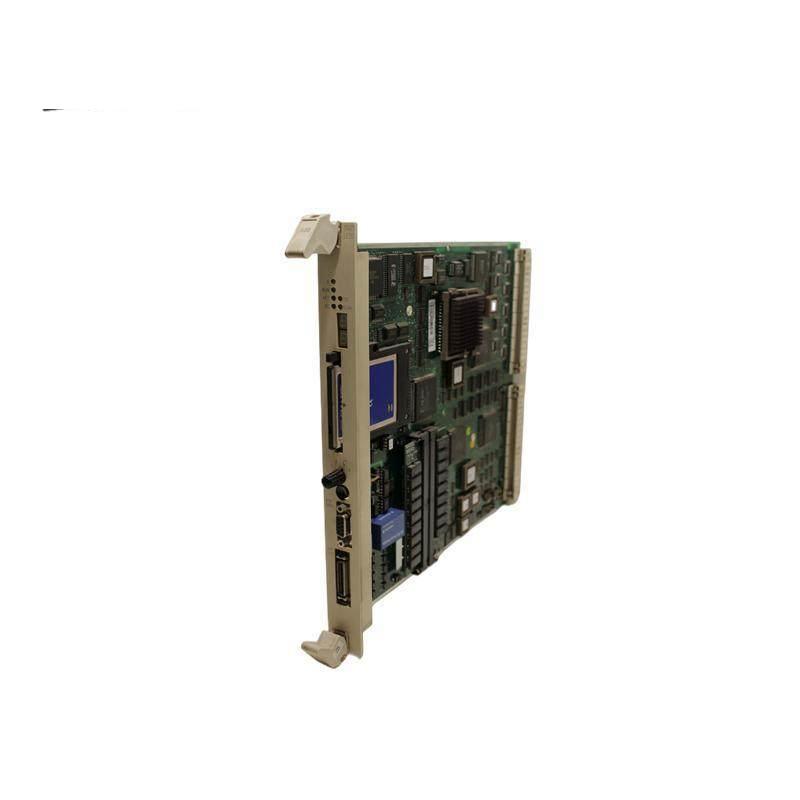The ABB PM511V16 Processor Module is a cutting-edge control solution designed for industrial automation, featuring high-performance processing capabilities and seamless integration with various control systems.
The ABB PM511V16 Processor Module is a cutting-edge control solution designed for industrial automation, featuring high-performance processing capabilities and seamless integration with various control systems.
 WhatsApp
WhatsApp
Processor Type:8 Mbyte Dynamic RAM with ECC
Memory Card Slot:PCMCIA slot for flash memory card
Operating Voltage:DC 24V
Dimensions (DxHxW):265 x 27 x 120 mm
Weight:0.76 kg
Communication Interfaces:Supports multiple communication protocols including Ethernet, DeviceNet, and Profinet
Module Compatibility:Compatible with ABB’s full range of PLC systems
Operating Temperature Range:-25°C to +60°C
The ABB PM511V16 PROCESSOR MODULE is an indispensable component for modern industrial automation systems, featuring a robust design that ensures reliable operation under demanding conditions. Its advanced microcontroller technology provides superior computational capabilities, enabling efficient execution of complex control tasks.
Equipped with 8 Mbyte Dynamic RAM and an ECC (Error Correction Code) system, this processor module ensures high-speed data processing with minimal errors, crucial for maintaining precision and accuracy in manufacturing processes.
The inclusion of a PCMCIA slot for flash memory cards allows for flexible storage and data management, supporting easy firmware updates and extensive program storage. This feature enhances the adaptability and scalability of your automation systems.
With its wide operating voltage range of 24V DC, the ABB PM511V16 can be seamlessly integrated into various industrial environments, ensuring compatibility with a broad spectrum of power supplies. Its high operating frequency of up to 1 MHz supports rapid response times, crucial for high-speed processes.
The built-in RS-485/Modbus RTU communication interface facilitates seamless connectivity with other devices and systems, allowing for centralized control and monitoring. This feature is particularly beneficial in complex networked systems where interoperability is essential for efficient workflow coordination.
